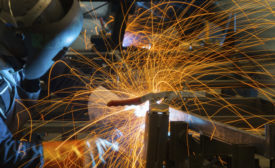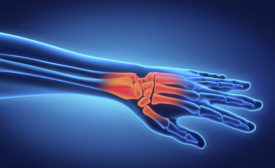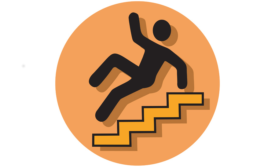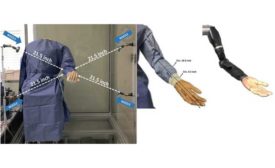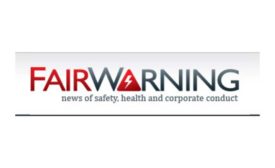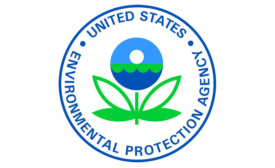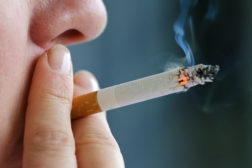News
Here are the health, environmental concerns keeping us up at night
Falls, climate change, tsunamis
April 18, 2019
A FairWarning Story
No verdict in sight on safety of crumb rubber fields, prompting angst all around
April 18, 2019
A NIOSH Science Blog post
Workplace smoke-free policies and cessation programs
April 18, 2019
Never miss the latest news and trends driving the safety industry
eNewsletter | Website | eMagazine
JOIN TODAYCopyright ©2024. All Rights Reserved BNP Media.
Design, CMS, Hosting & Web Development :: ePublishing
